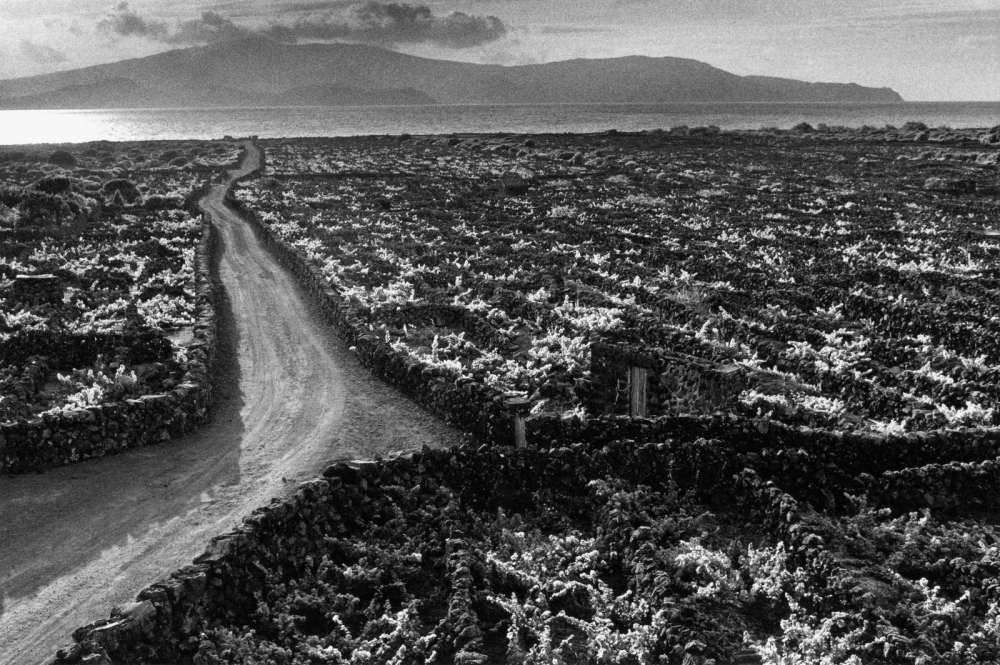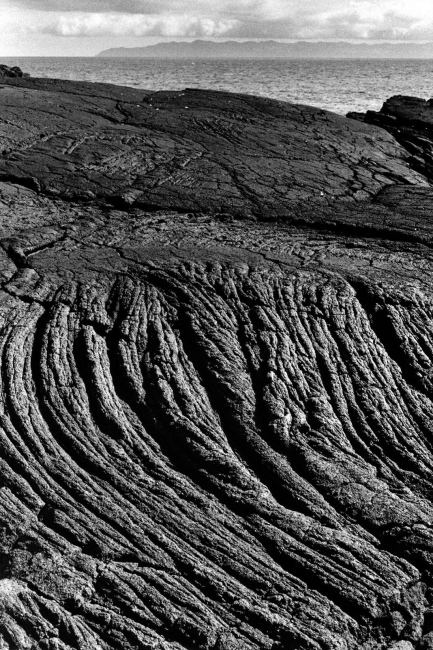Three hundred thousand years is the age of the youngest island of the archipelago of the Azores. It is the second largest island of the archipelago, situated in the North Atlantic. Pico is its name, but it is also known as mountain- island. It has an area of 445 square kilometers and a population of 14114 inhabitants (according to 2011 data) and measures 42 km long and 20 km wide. It is located about 8,3 km from the island of Faial and approximately 20 km from the island of São Jorge. Its impressive mountain, the third largest volcano in the Atlantic, in the western zone of the island, has 2351 meters of altitude. This mountain, which in winter is covered with snow, gives a unique beauty to the island, and is its main ex-libris. But many other volcanic cones scattered around the island, determine its current appearance. On this island, there were numerous volcanic eruptions. Since the beginning of the settlement, four eruptions occurred: Prainha (1562), Santa Luzia and São João (1718) and Silveira (1720). Volcanoes spewed fiery tears, magma from the earth's bowels, and this lava ran down the slopes, cooled, solidified and remains a witness to a simultaneously destructive and creative phenomenon.
The whole island is made of lava. But there are certain areas by the sea where the rope lava takes unique shapes, simultaneously bizarre, beautiful and sensual. Although many have already been eroded by the action of the sea, one can still find many formations of rare beauty, which take us to the origins of this and other islands. Thus, one can travel through vast lava fields for hours, enjoying their unique shapes, and a unique landscape: on one side the sea, on the other the land. At sea, other islands are always present: Faial and São Jorge. On land, the mountain, always the mountain. In many places, the vegetation springs from the lava: life is unstoppable.
The cultivation of vines has always had great economic significance on this island. The vines, grown along the lava fields, are protected from the harsh winds of the sea by stone walls formed by lava from volcanoes. It is said that if these stones were removed from the walls and aligned, they would go around the world one and a half times. Since 2004, the landscape of Pico Island Vineyard Culture is listed as a UNESCO World Heritage Site. "The extraordinary beautiful human-made landscape of small, stone walled fields is a testimony to generations of small-scale farmers who, in a hostile environment, created a sustainable living and much-valued wine."[1]
[1] http://whc.unesco.org/en/list/1117






















